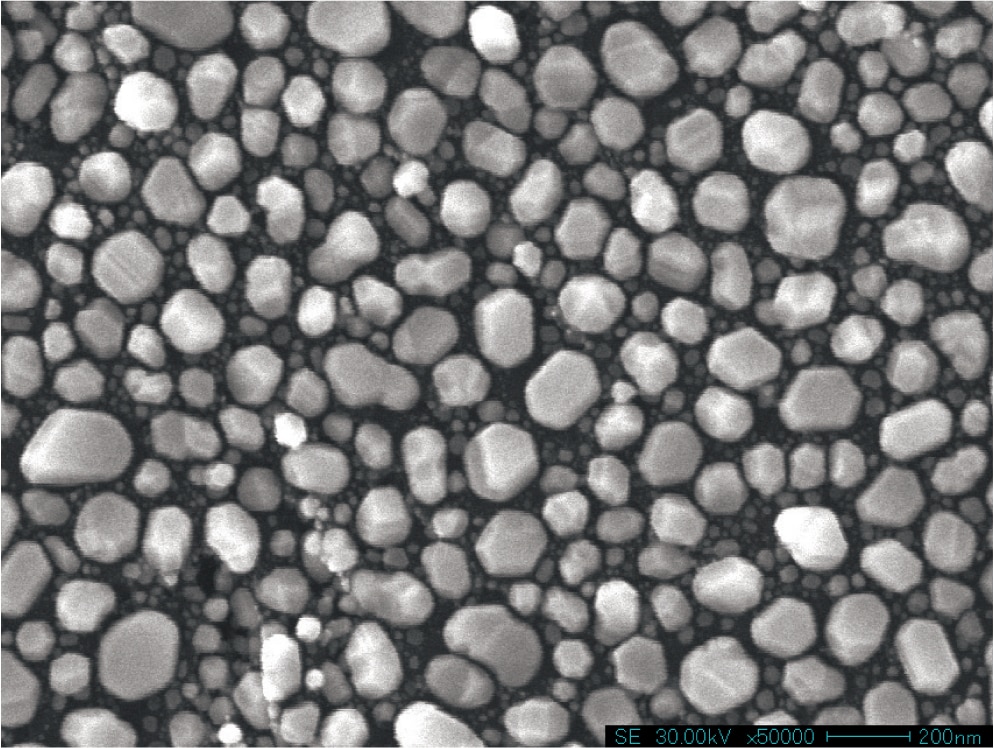EPMA-8050G
Electron Probe Microanalyzer

Debut of the Grand EPMA With a Cutting-Edge FE Electron Optical System, the Ultimate in Advanced Shimadzu EPMA Analysis Performance
This instrument is equipped with a cutting-edge FE electron optical system, which provides unprecedented spatial resolution under all beam current conditions, from SEM observation conditions up to 1 μA order. Integration with high performance X-ray spectrometers that Shimadzu has fostered through the company's traditions achieves the ultimate advance in analysis performance.
Features
-
The secondary-electron image resolution of 3 nm (30 kV accelerating voltage) is the highest level for an EPMA system. This is the ultimate secondary-electron image resolution under analysis conditions.
-
This system achieves a maximum beam current of 3.0 μA (30 kV accelerating voltage). There is no need to replace the objective aperture across the entire beam current range.
-
The 52.5° X-ray take-off angle is in a class by itself. The 4-inch Rowland circle radius provides both high sensitivity and high resolution. The system can accommodate up to five X-ray spectrometers of the same type.
-
Advanced operability ensures that all operations can be performed with just a mouse. The user interface is designed to be easy to understand. Easy mode analysis automates all processes up to generating reports.
-
A high output Schottky emitter with a larger tip diameter than ordinarily used in SEMs is adopted for the FE electron gun. A stable electron beam is obtained that while bright has the large current indispensable for high sensitivity analysis.
Videos
-
Multifaceted Evaluation of High-Tensile Strength Joints b/w Dissimilar GA Steel & Al Sheet Materials
This video shows examples and effectiveness of multifaceted evaluation of joint of dissimilar materials with ultrasonic optical defect detector, X-ray CT system, electron probe microanalyzer (EPMA), and precision universal testing machine.
-
EPMA System for Evaluation of the Distribution of Constituent Components in Detailed Areas in Joints
This video shows the utility of using an EPMA system to evaluate the distribution of constituent components in detailed areas of joints with dissimilar materials.
Downloads
Download the latest brochure.
Applications
| Documents | Date Creation Date |
|---|---|
2025-03-12 | |
2024-11-19 | |
2024-10-01 |








